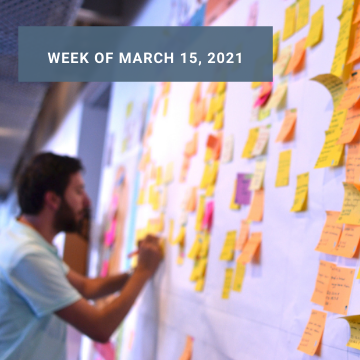What is the role of the Cisco Network Engineer? In this job description, you will learn about their missions, skills, and salary of these professionals.
Almost half of companies today use Cisco solutions. Cisco Systems, or Cisco is an American IT company specialising in the production and sale of network equipment (routers, Ethernet switches and servers, etc.).
All Cisco solutions use the proprietary IOS ( Internetwork Operating System) operating system. Founded in 1984, the company has been at the heart of networks since the beginnings of the Internet and was notably the first to market multi-protocol routers. Today, the company offers VoIP, security and network storage solutions, IP telephones, software, switches, routers …
Cisco Systems also offers many certifications that companies value highly. The company is thus a key player in the IT market for both SMEs and large groups.
Also explore the role of the C/C++ Developer
What is the role of the Cisco Network Engineer?
The mission of Cisco Network Engineers is to share their expertise in Cisco solutions to the needs of a company. This professional has different levels of intervention, participating in the development of the network architecture and its deployment as well as during its operation.
They are also involved in the analysis of the network and the diagnosis of problems related to the latter. To facilitate the operation of the network, this Cisco expert is also responsible for the production of documentation related, for example, to architectural designs or migration plans.
The Cisco Network Engineer is responsible for implementing, managing and improving all Cisco communication networks within a company. They also ensure the perfect adaptation of hardware and software, their efficiency, as well as their constant development. To do this, these experts regularly install new high-performance tools (antivirus servers, etc.).
The job of Cisco Network Engineers is a very versatile job with varied and diversified missions. It is a profession of contact and expertise which offers real prospects for employment and career development due to the sector which is very promising.
Also read the IT Infrastructure best practices
Required skills for a Cisco Network Engineer

Cisco networking expertise
The Cisco Network Engineer is an expert in the administration of Cisco networks. These professionals are often required to have one or more Cisco certifications. They must also have a good knowledge of network and telecommunications protocols as well as telecommunications and Internet technologies.
Good computer skills
The Cisco Network Engineer must have broad knowledge in the IT field. They must master administration and management tools and infrastructure software such as operating systems or mail servers. They must also know how to work with databases. Finally, the Cisco Network Engineer must have a broad scientific culture and constantly update their knowledge according to the evolution of the sector.
Adaptability and versatility
The Cisco Network Engineer must be versatile and able to assist all types of users. They must have good adaptability to cope with their interlocutors and new technological developments. Contact with different partners requires this engineer to have very good interpersonal skills. They must also be rigorous, organised and methodical and have a perfect command of professional English. In view of the risks associated with possible breakdowns or technical incidents, it is also important that this professional has good stress resistance capacities.
Salary of a Cisco Network Engineer

The average daily rate for a Cisco Network Engineer is generally between $400 and $600. This amount may change depending on the characteristics of the assignment and the professional’s level of experience.
Training

To become a Cisco Network Engineer, university level is generally required. The main way to access this profession is therefore to go through an engineering school and obtain an engineering degree specialising in telecommunications.
It is also possible to enrol on courses offered by a specialized school or to follow a professional computer science master’s degree focusing on this specialty.
Are you looking for IT mission opportunities in the Tech and IT sectors on a freelance or permanent basis? Mindquest can help you find your next IT mission opportunity. Find your next mission by browsing our freelance and permanent vacancies available on our digital recruitment platform.


















